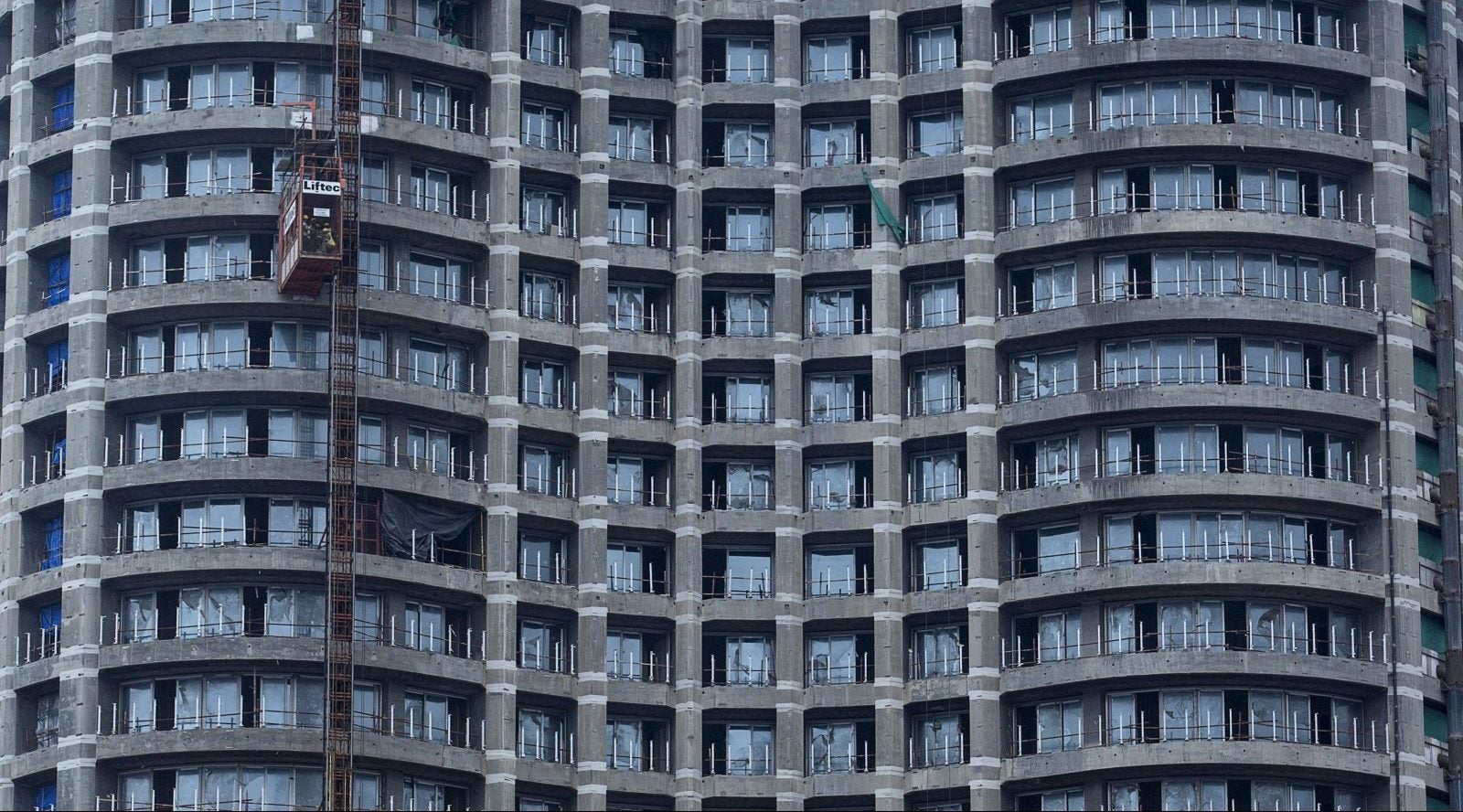Pakistan aside, the Modi government faces a battle on the economic front too
India can ill-afford border skirmishes with arch-foe Pakistan at the moment, given the soft patch its economy has entered.


India can ill-afford border skirmishes with arch-foe Pakistan at the moment, given the soft patch its economy has entered.
Amidst a wobbly security scenario that could potentially scare investors and the prevailing uncertainty in global markets, the Indian government yesterday (Feb. 28) revised downwards the country’s GDP growth estimates for financial year 2019 to 7%, the slowest in five years. The cut came after the economy grew at 6.6% in the October-December period—a six-quarter low and lower than analysts’ expectation of 6.8%.
A closer look at the latest GDP estimates reveals that the ongoing January-December quarter will see an even slower GDP growth of just 6.3%. The economy had expanded at 8%, 7%, and 6.6% in the first three quarters, respectively, of fiscal 2019.
The slowdown brings into scrutiny the stewardship of prime minister Narendra Modi in an election year. The numbers are a far cry from Modi’s promise of higher GDP growth while campaigning in 2014. Then, assurances of achhe din (good days) had enamoured voters and led to his Bharatiya Janata Party’s (BJP) resounding victory.
Now, with elections expected in May, the government is under pressure on various fronts. India faces an acute jobs crisis as unemployment growth reportedly rose to a 45-year high in financial year 2018. Even this is in sharp contrast to the 10 million jobs that were promised by the BJP in 2014.
However, the government may still be able to take heart that India remains the fastest-growing major economy, as China’s GDP growth slowed to 6.4% in the last quarter of 2018.
What is happening?
Lower consumer spending, coupled with slower growth in agriculture and manufacturing sectors, is weighing on India’s economy. “The farm sector has suffered due to extremely uneven rainfall, depleted water reservoir levels in key agrarian states, and their impact on sowing of foodgrains,” said Rupa Rege Nitsure, group chief economist at L&T Finance Holdings.
Give that this is an election year, consumers are not bullish. Consumer spending, which accounts for nearly 60% of the economy, grew only 8.4 % in October-December 2018, compared to 9.9% in the previous three months.
Even government consumption was tepid in the last quarter, suggesting attempts to rein in the fiscal deficit, which is the difference between the government’s expenditures and revenues.
Investments have also been sluggish, which has kept growth under check. In fact, in the first three quarters of this financial year, foreign direct investment slipped for the first time in five years. Uncertainty in the global market, along with high political tensions between India and Pakistan, may continue to keep investors at bay.
“The financing constraints in the economy following the liquidity crisis in the non-banking financial companies segments could have been a factor weighing down economic growth, a recent report by CARE Ratings stated.
On the flip side, the lower GDP forecasts can possibly prompt the central bank to lower interest rates to boost economic activity. If inflation also remains low and oil prices are under check, then a rate cut is expected in the coming months, believes Shekhar Bhandari, business head at Kotak Mahindra Bank.
The repo rate, or the rate at which banks borrow money from the Reserve Bank of India, was reduced by 25 basis points to 6.25% in February, after nearly 18 months. The central bank, however, is yet to lower its growth projections for FY19, which stands at around 7.4%.